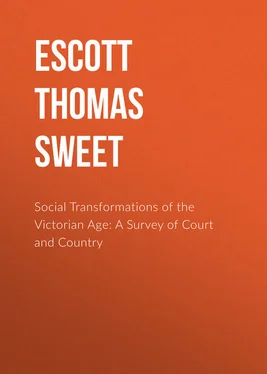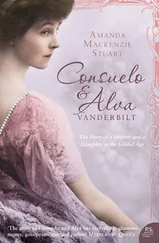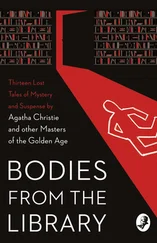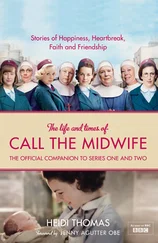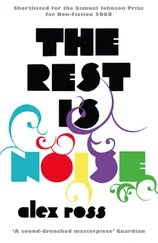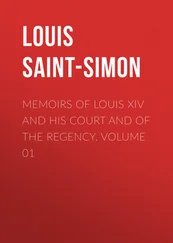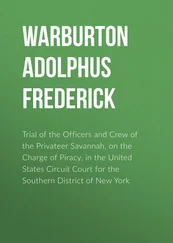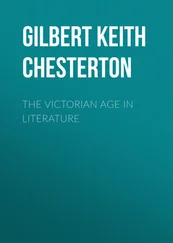T. H. S. Escott
Social Transformations of the Victorian Age: A Survey of Court and Country
It may be well very briefly to explain the relation in which the present work stands to a survey, not a history, of modern England undertaken by the same author some years ago. That earlier work was originally published by Messrs Cassell and Co. in two volumes. It was reprinted, first by them, secondly by Messrs Chapman and Hall, in a single volume. Into that re-issue of his England: Its People, Polity, and Pursuits (the labour of revision being much lightened by the obliging help of Mr Francis Drummond), the author introduced certain references to social or legislative changes effected since the original edition of the work appeared. Without organic disturbance of its plan, and risk of consequent confusion to the reader, it would have been impossible to bring down that book to the year 1897. The writer does not in the following pages pre-suppose any knowledge of his former book on the part of the readers of his present one. He has, however, held himself absolved from the duty of repeating in this book minute accounts of institutions fully described in its predecessor. Such repetition seemed the more undesirable because the earlier book is still in wide circulation here; while it has been translated into several European languages, and has been adopted as a text book in the higher grade State schools of Germany, 1 1 Edited by Dr Ernst Regel – Berlin, 1894.
and of other countries. The method of workmanship adopted in Social Transformations of the Victorian Age is identical with that pursued in the case of England, Etc.
This new book being, like its predecessor, not a history, but a series of different views from a common standpoint, the sketches of national life and character as well as of national institutions at work, have in all cases been made from personal observation; supplemented by the assistance of the highest experts in their different departments to whom the writer had access. Often, he is glad to say, the same private friends who helped him in the seventies have been able to renew that help in the nineties. Thus, Sir Charles Dilke, Sir Robert Herbert, Mr Mundella, Mr Archibald Milman of the House of Commons, and Mr Albert Pell have generally and specifically repeated the assistance lent to him twenty years earlier. In most cases it is hoped the assistance given has been acknowledged in its proper place. In many cases the advantages of this service extend beyond any particular passage. In all which relates to the new schemes of local government the writer is particularly indebted to Mr Henry Chaplin or members of his staff; to Sir Henry Fowler; to Sir Charles Dilke; to the Rev. J. Charles Cox, LL.D., of Holdenby, as in ecclesiastical matters to the Rev. A. L. Foulkes of Steventon, and to the Rev. H. W. Tucker, D.D., of the Society for the Propagation of the Gospel. In references to certain phases of social history, especially about the early railway period, he has learned much from Lord Carlingford, Mr Markham Spofforth, Mr J. C. Parkinson, and from Sir W. H. Russell. And finally he would specially thank several gentlemen of the Education Department, as well as the Vice-President himself, Sir John Gorst. It is hoped that, as in the case of the writer’s England , so in that of his new book, the collaboration of those who are, in their different provinces, experts, has ensured a more uniform accuracy than in a volume dealing with such a variety of subjects would otherwise have been attainable.
T. H. S. E.
CHAPTER I
TWO EPOCHS OF VICTORIAN SOCIETY CONTRASTED
Difference between English society in the earlier and later years of the Queen’s reign illustrated from the composition of Hyde Park crowds, first, when the Park was a playground for the Royal children, and a parade ground for social celebrities, secondly, as it has become since. Different generations of Victorian Royalty. Great noblemen, Lord Lansdowne, Lord Eglinton, Lord Shrewsbury, Lord Shaftesbury, The Duke of Wellington. Statesmen, Earl Grey, Sir Robert Peel. Other celebrities, social, or intellectual, or literary. The dandies, some of them sketched by Thackeray, Morgan O’Connell, the original of ‘The O’Mulligan,’ Alfred Montgomery, Alexis Soyer, Lord Adolphus Fitzclarence, 1848-51. Tall forms of Thackeray and Jacob Omnium overtopping the crowd. The editor of the Times , J. T. Delane, on horseback. The absence in later days of eminent individuals like these; the old editor and the new. A. W. Kinglake among the last riders in Hyde Park of veterans who write. Commerce in the Park and in society represented by ‘King’ Hudson before and after his fall. Lord Tollemache, of Peckforton, the last of great nobles familiar to English crowds.
As it is to-day, so, during the earlier years of the present reign, both before and after the Great Exhibition of 1851, Hyde Park was the social parade ground, not only of the capital, but of the Kingdom. Then, as now, its human panorama was the representative reflection of the social conditions not less than of the typical personages of the era.
Throughout the later forties or the fifties, the loungers from the provinces were certainly not less numerous in Hyde Park than to-day. Foreign visitors were beginning to be a feature in the Metropolitan summer. But the scale on which the London season half a century ago was observed was so small as to resemble but faintly its successors known to the present generation. Society scarcely exceeded the dimensions of a family party. Hyde Park itself seemed a Royal pleasure ground first, a popular resort afterwards, to which strangers were, as to the Park at Windsor, admitted by favour of the first Constitutional Sovereign, to behold the pastimes of the rising generations of Royalty. The little boy and girl, steering their ponies through the maze of carriages, horses, or pedestrians, were the Prince of Wales and the Princess Royal. Observers noted with appreciative criticism the progress made from day to day by the young riders. Other of the Queen’s descendants of age still more tender, followed with their parents in an open carriage, the exact build of which had been introduced by the Prince Consort, and were manifestly being instructed by their father or mother in the art of acknowledging gracefully the respectful salutations of spectators.
The company crowding the Park, and most familiar to London onlookers differed from the crowds of succeeding decades, first, in the monotony of its composition, secondly, in the commanding ascendancy of some among the individuals whom it numbered. This was a kind of feudal age in our social development. The monarch was surrounded by subjects, the splendour of whose station, or the lustre of whose endowments caused them to shine forth in their exalted firmament, with a light of their own not reflected by, though comparable with, that of Royalty itself. Two noblemen, during the first quarter of a century of the Queen’s reign, one Scotch, the other English, seemed to eclipse the rest of the peerage. The Earl of Eglinton, of the period now referred to, was famous, even among Englishmen, from the tournament held some years earlier in 1839 at Eglinton Castle, and described by Mr Disraeli in his last novel, Endymion . The lady who had been the Queen of Beauty upon the occasion, the Duchess of Somerset, was then a synonym for all which women envy or men admire. When she appeared in Hyde Park, the crowd gazed at her carriage with the awed admiration that they bestowed on those born to thrones. North of the Tweed, Lord Eglinton summed up to his adoring countrymen, in his own person, all the influence, the dignity, the splendour, the power, and all the other attributes of greatness with which the principle of birth could be endowed. What Lord Eglinton was in Scotland, or to the natives of Scotland in London, Lord Lansdowne 2 2 The grandfather of the fifth Marquess. As Lord Henry Petty, he had so long since as 1806 been Chancellor of the Exchequer. In 1848 he was President of the Council, and led the peers in the Russell Government. Died 1863.
Читать дальше
